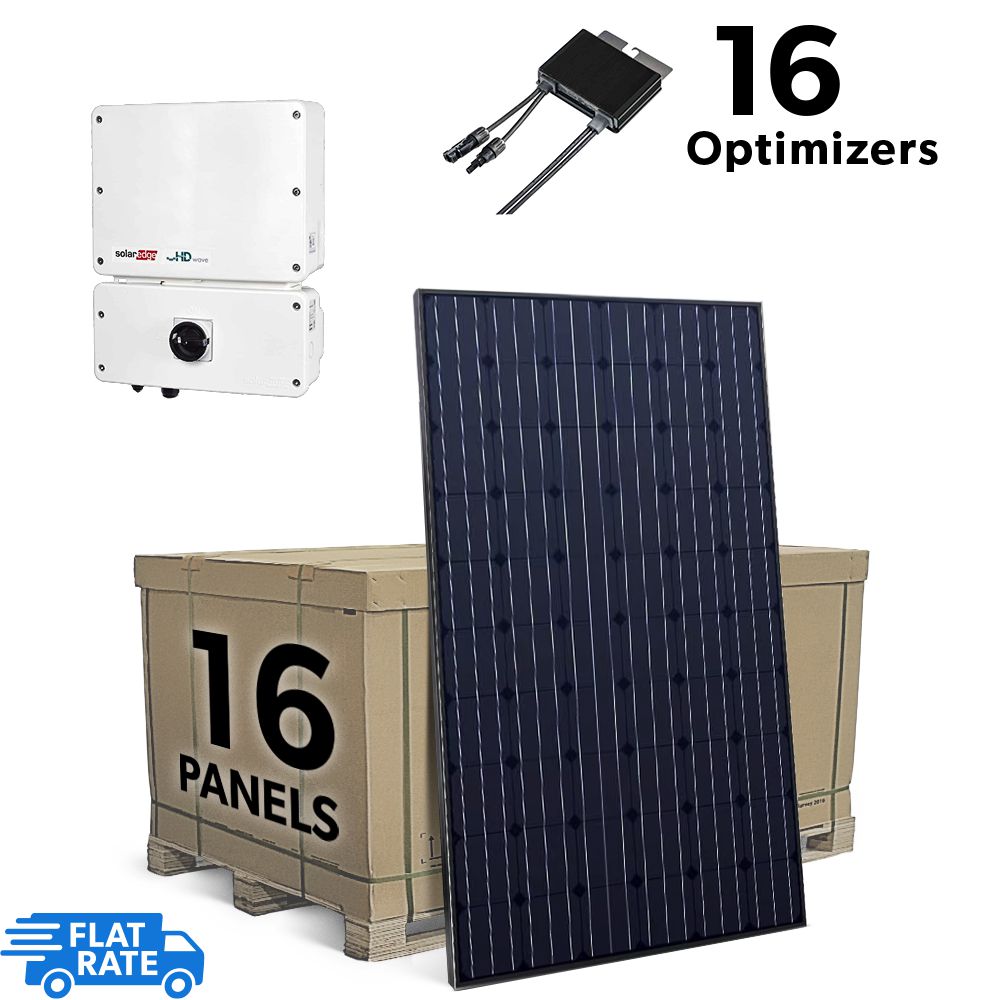Well said, all of this post of yours.
You'd have no way of knowing it, but you are Preaching to the Choir.
Late '80s, I worked for a company that designed and built PV production equipment. Our major clients were in India, and China - even back then, they wanted to own their own PV supply chain, top to bottom, but most importantly, their own energy production. I've been following HomePower for about that long too.
PV energy has come a very long way since then, and I welcome it - as one option in the energy toolbox.
Remote area, high line-in cost (as you personally described) has always been a top reason for going PV. Cost efficiency is now driving it into broader applications.
For many people, the grid is kinda like being a tiny kid with two parents - they are just "there", and what they do day-to-day and the fact that one day they won't be there, never crosses your mind...
I lobbed in a softball with my recent post, and you knocked out at least a 2-base run with it.......... And, that was exactly where I was trying to go with my point....... The grid has more vulnerabilities than most people realize.
I don't think it was in this thread, but ultrarunner has posted about surgeons coming up to him at the hospital he engineers for, asking for advice. They were wealthy enough to afford multiple Teslas (only) at home, and large PV arrays on their expensive houses.
What they didn't know (it obviously was not an issue of affordability), was that the grid-tied arrays they liked to gloat about not costing them anything to drive with could be set up in Island mode.
When Cali did the lengthy preemptive Safety Shutdowns, these surgeons had Teslas sitting in their driveways and large PV arrays on their mansions, but no (turn-key) way to charge the vehicle.
Advance knowledge - presents opportunity for better personal outcomes.
Rgds, D.


